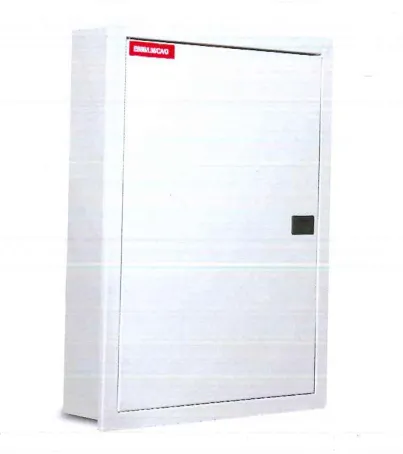A DB Board, also known as a Distribution Board or Consumer Unit, is a crucial component of an electrical system. It is responsible for distributing electrical power from the main supply to different circuits within a building or facility. The DB Board is typically located in a centralized location and contains circuit breakers, fuses, and other protective devices to control and safeguard the electrical distribution.
Key features and functions of a DB Board include:
-
Distribution of Power: The primary purpose of a DB Board is to divide and distribute electrical power from the main supply to various circuits throughout the building.
-
Circuit Protection: The DB Board contains circuit breakers or fuses that provide protection against electrical faults, such as overloads or short circuits. These devices interrupt the power supply to prevent damage to wiring, appliances, and to ensure safety.
-
Organization: The DB Board organizes the electrical circuits, making it easier to manage and control the power distribution within the building.
-
Isolation: It allows for the isolation of specific circuits for maintenance or repairs without affecting the entire electrical system.
-
Labeling: Proper labeling of circuit breakers helps to identify and locate specific circuits for troubleshooting or maintenance purposes.
-
Safety: The DB Board enhances electrical safety by providing a centralized location for circuit protection and organization.
-
Load Management: In larger buildings, the DB Board aids in managing the electrical load by distributing power evenly across circuits to prevent overloading.
-
Expansion: DB Boards can accommodate future expansions or additions to the electrical system, making them adaptable to changing needs.
-
Monitoring: Some modern DB Boards have monitoring capabilities, providing insights into energy consumption and the status of individual circuits.
Inquiry - DB Board





